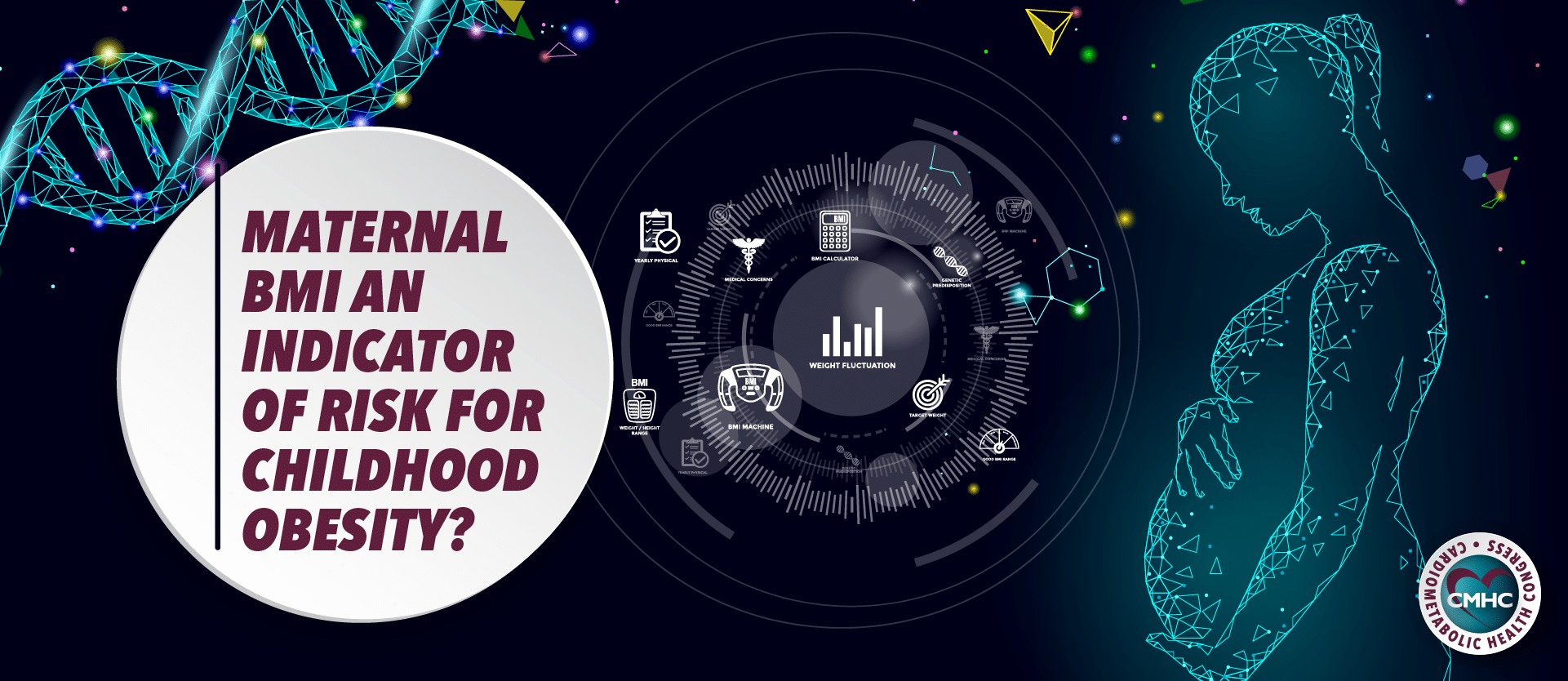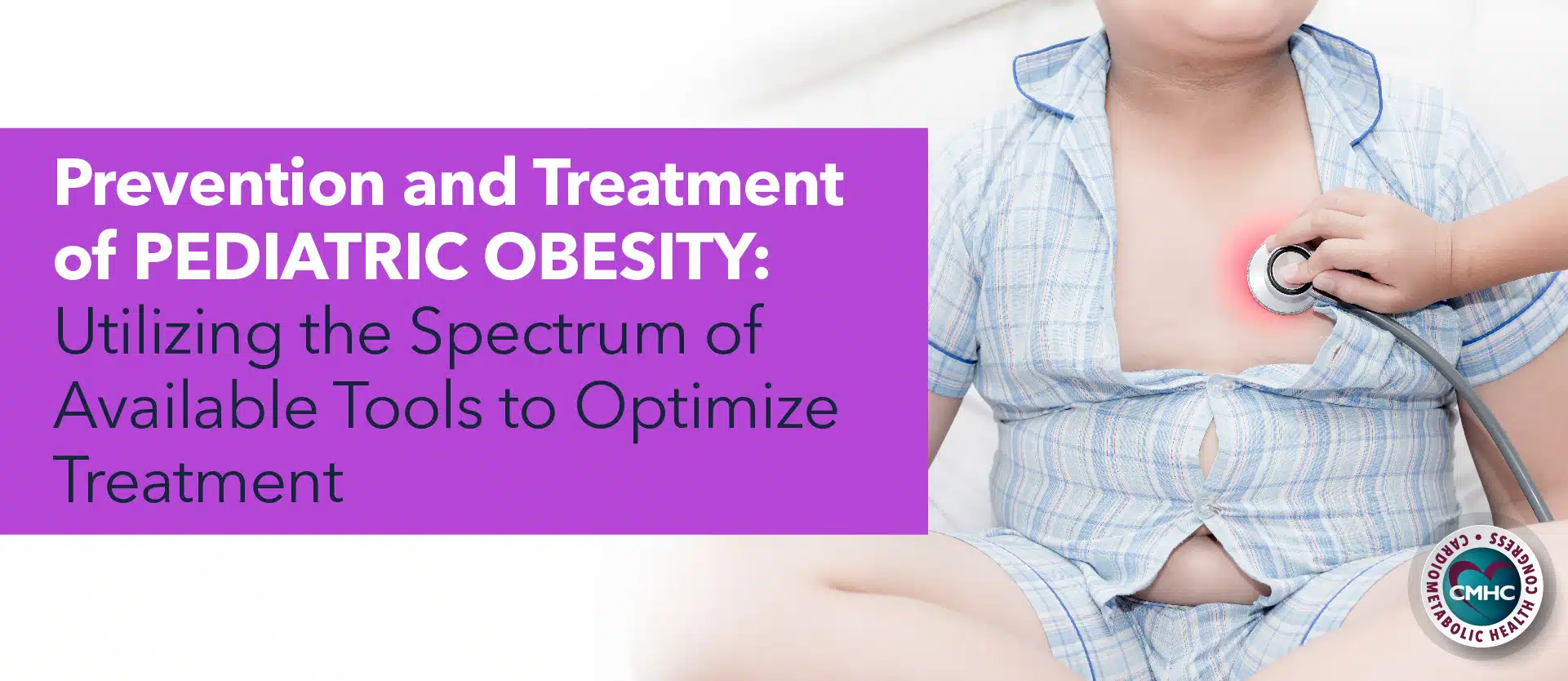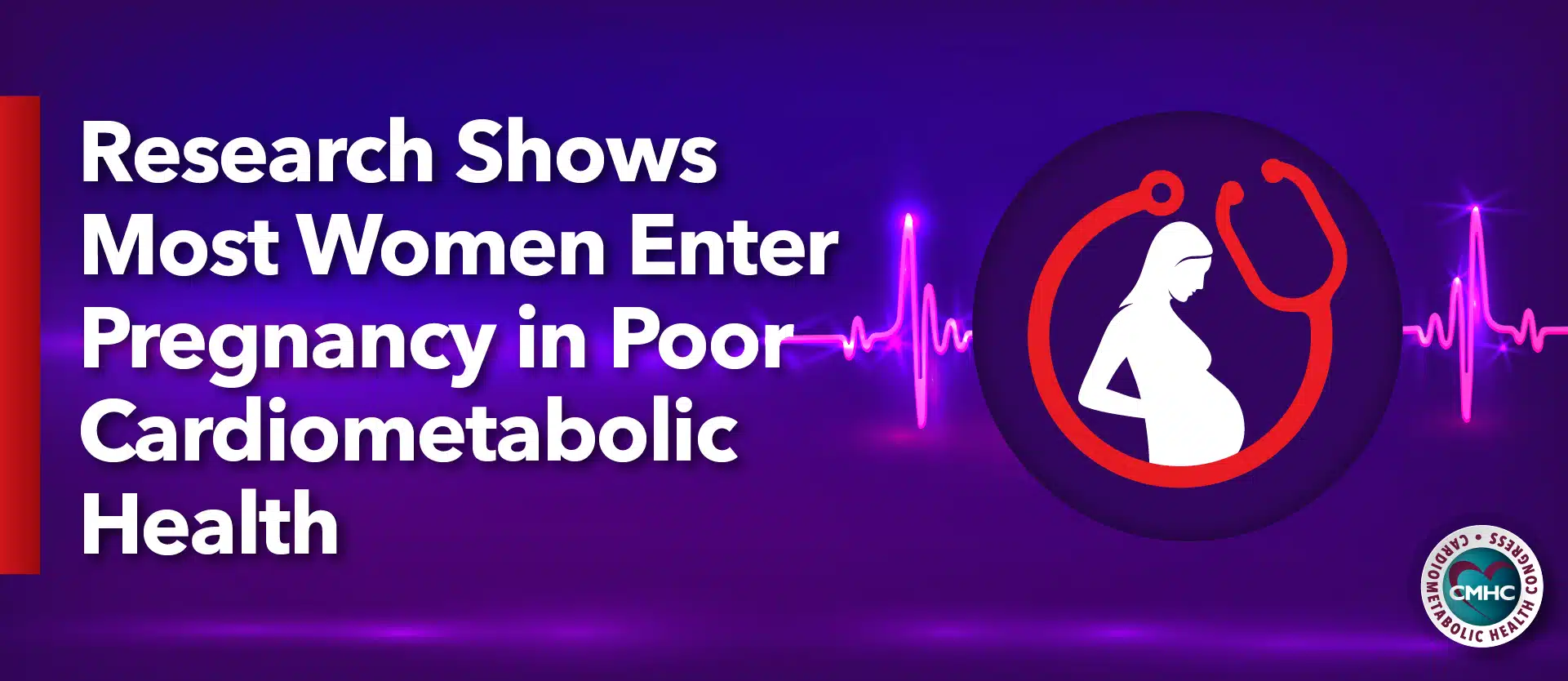The prevalence of childhood obesity in the United States is at an all-time high, putting an increasing amount of young Americans at risk for a host of cardiometabolic conditions. Approximately 13.7 million children and adolescents in the nation are obese, with Hispanic and non-Hispanic black children disproportionately affected. New research aims to identify potential risk factors which could be modified to promote early intervention and decrease the incidence of childhood obesity and its long-term complications.
A recent study published in PLOS ONE investigated the correlation between maternal BMI, hyperglycemia during pregnancy, and subsequent risk of childhood obesity. Dr. Samantha Ehrlich and fellow researchers at Kaiser Permanente in Northern California examined data from over 45,000 women who delivered children between 1995 and 2004, as well as the data collected from their children who were followed until the ages of 5 or 7. At a median age of 6 years, 10.6% of the children were classified as obese according to International Obesity Task Force guidelines and 15.9% following CDC standards.
Maternal BMI and Blood Glucose Levels
Maternal weight and blood glucose levels were found to play a significant role in the development of obesity in children. Compared to women with normal blood glucose levels, the risk for childhood obesity was substantially elevated among children delivered by women with abnormal glucose screening results. However, glucose levels did not need to fall under gestational diabetes (GDM) requirements in order to have an effect on obesity risk. Once elevated levels were observed on the screening test, the children faced an increased risk of developing obesity regardless of maternal gestational diabetes status.
Additionally, researchers found no elevated childhood obesity risk in normal weight and overweight mothers however, the risk increased for obese women. The risk of childhood obesity increased by 20% in women with gestational diabetes compared to mothers without GDM – the correlation between maternal GDM and obesity risk did not affect normal and overweight women.
The study concludes that maternal BMI is a strong indicator of the risk of childhood obesity and the detrimental effects of hyperglycemia in pregnant women. Rather than being an independent risk factor, gestational diabetes compounds the risk of childhood obesity, according to Dr.Ehrlich.
Blood Glucose Screening and Prevention Measures
In the United States, most pregnant women undergo a blood glucose screening test between weeks 24 and 28 of pregnancy. Depending on results, additional tests may be necessary to determine whether glucose levels indicate gestational diabetes. According to the study’s authors, a mother’s abnormal glucose screening value could be used to determine whether her children are at an increased risk of childhood obesity.
It is important to note that if a single abnormal value was used to diagnose gestational diabetes, the prevalence of GDM would increase by nearly 61%. According to the study’s authors, cost of treatment and the burden on the healthcare system must be evaluated to determine the benefits of treating women meeting lower thresholds. .
Reinforcing the need for improved glucose management in pregnant patients, the results of the study suggest that helping women achieve a healthy BMI before conception and reducing hyperglycemia throughout gestation may significantly decrease the risk of childhood obesity. These findings and other forthcoming research bring promise of a reduction in childhood obesity through better understanding and management of vital risk factors.


















